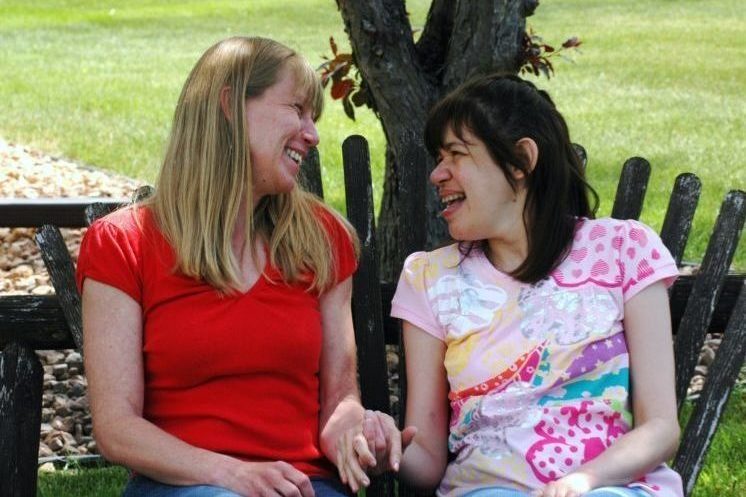CEO Corner
March 10, 2021

Good News
The Minnesota legislative session got off to a start in January under uncertain circumstances to say the least. But despite the Covid pandemic, the latest news is good as it concerns the Minnesota state budget. We are now in surplus, both for the current biennium’s end and for the following two years.
Some of you may be familiar with an unscheduled budget forecast conducted last May in the midst of the outbreak. It showed a significant deficit for the end of this biennial budget (ending on June 30, 2021) and a horrendous budget deficit for the next biennium (July 1, 2021—June 30, 2023). But Minnesota’s economy, with help from the federal government, has proved resilient. By the February forecast things have really turned around. The November’s forecast of a $1.3 billion deficit for the next biennium has now turned into a $1.6 billion surplus.
Part of the reason lies with federal help, especially with the Medicaid budget. Earlier federal rescue plans gave Minnesota a 6.2% bump in the percentage the US pays of Minnesota’s Medicaid budget. People with disabilities did not see any of that money, as it went directly to the bottom line in the state’s general operating budget. The latest federal rescue plan, currently being worked on in Washington, however may bring in over $4.7 billion to the state and counties ($2.6 billion to the state alone). In addition, the House initially approved a 7.35% additional Federal match for Medicaid. The Senate this past weekend raised it to 10%. The good news is that the money may only be spent to enhance Home & Community Based Services in the states. The states are not allowed to use the money for any other purpose, including adding it to the bottom line. The funds would be available to Minnesota from March 31, 2021 to April 1, 2022.
Hopeful
Needless to say, Minnesota’s improving budget and the additional federal dollars have brightened the disability picture. ARRM, our trade association, is busy writing legislation to draw down the additional federal dollars related to Home and Community Based Services. Our goal is to get these funds into the hands of providers with as few restrictions and red tape as possible.
In addition, ARRM has introduced ICF legislation that is sorely needed. The bill does these three things:
- Implements a 5% rate increase in all ICF rates;
- Raises the amount of money an ICF can bill to cover staff costs when individuals are home, either temporarily or permanently, from Day Program;
- Creates a mechanism by which an ICF can recoup dollars when the costs of meeting an individual’s increasing needs go up.
ICFs have missed out on system increases over the last few years that resulted from a new rate calculation system for Home & Community Based Services. The last increase for ICFs was in 2015, and that was 1%. And yet providers like Homeward Bound have continued over the years to give the same wage increases to their ICF staff that they gave to their waiver staff. The time has come to stop discriminating against individuals and staff who receive and deliver services in an ICF.
So as you can see, we are set up this year for a busy legislative session.


